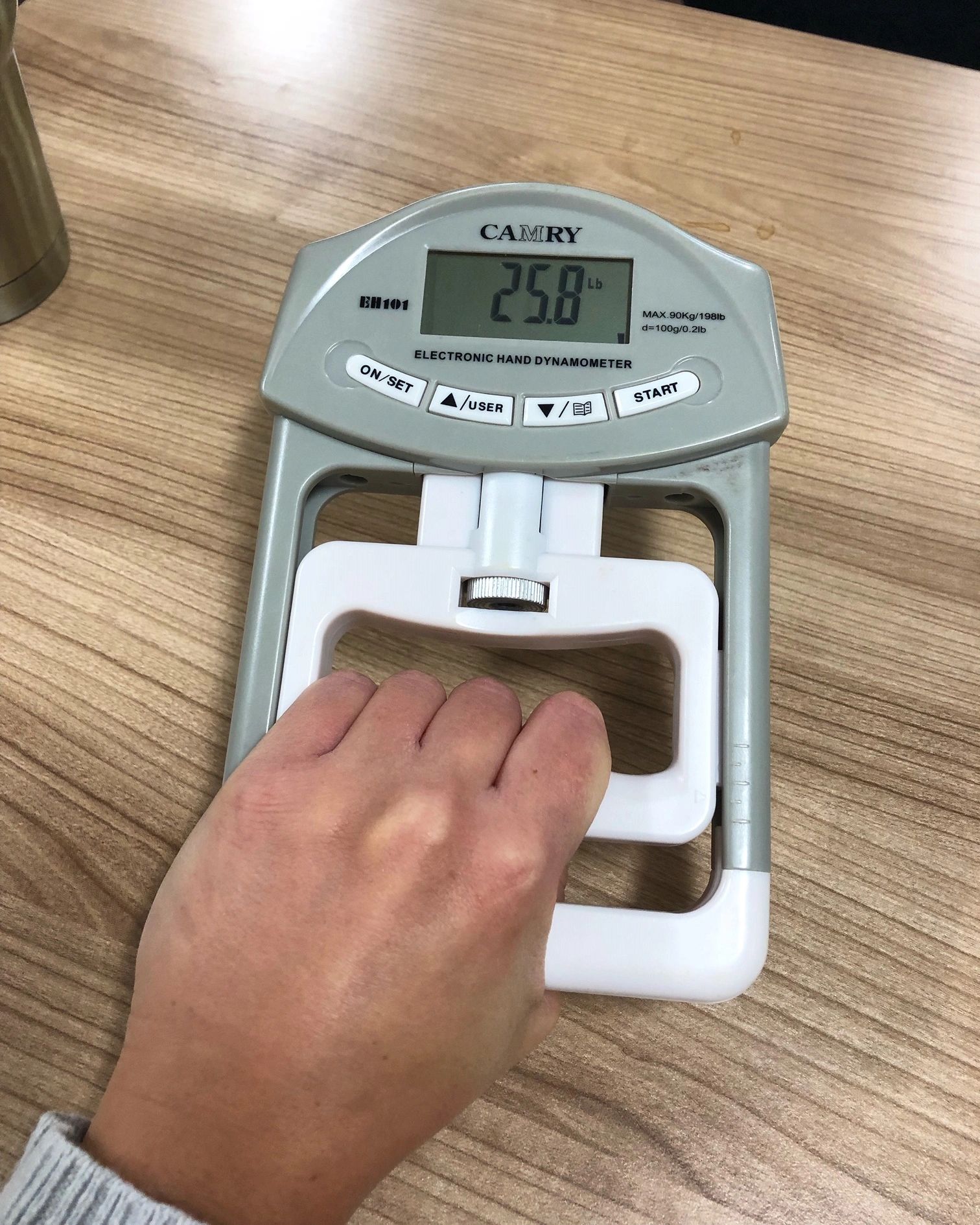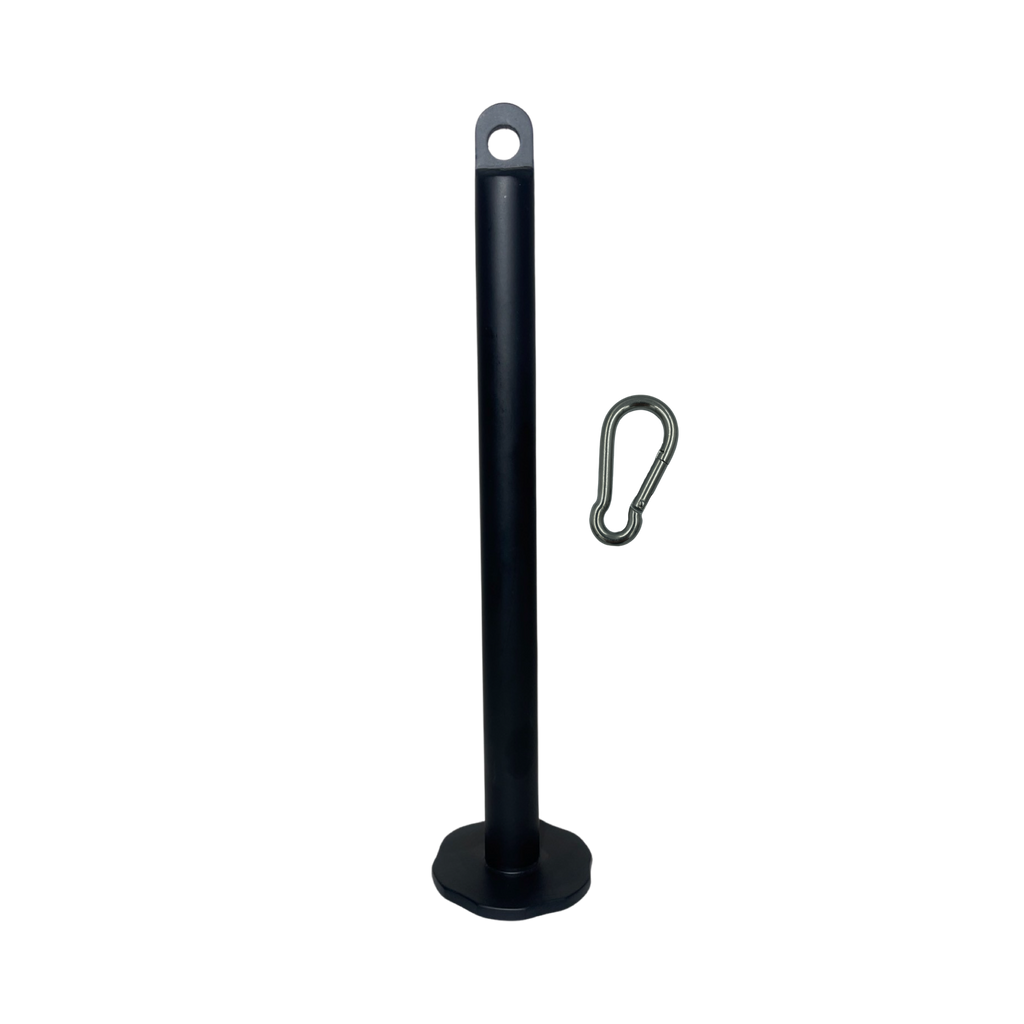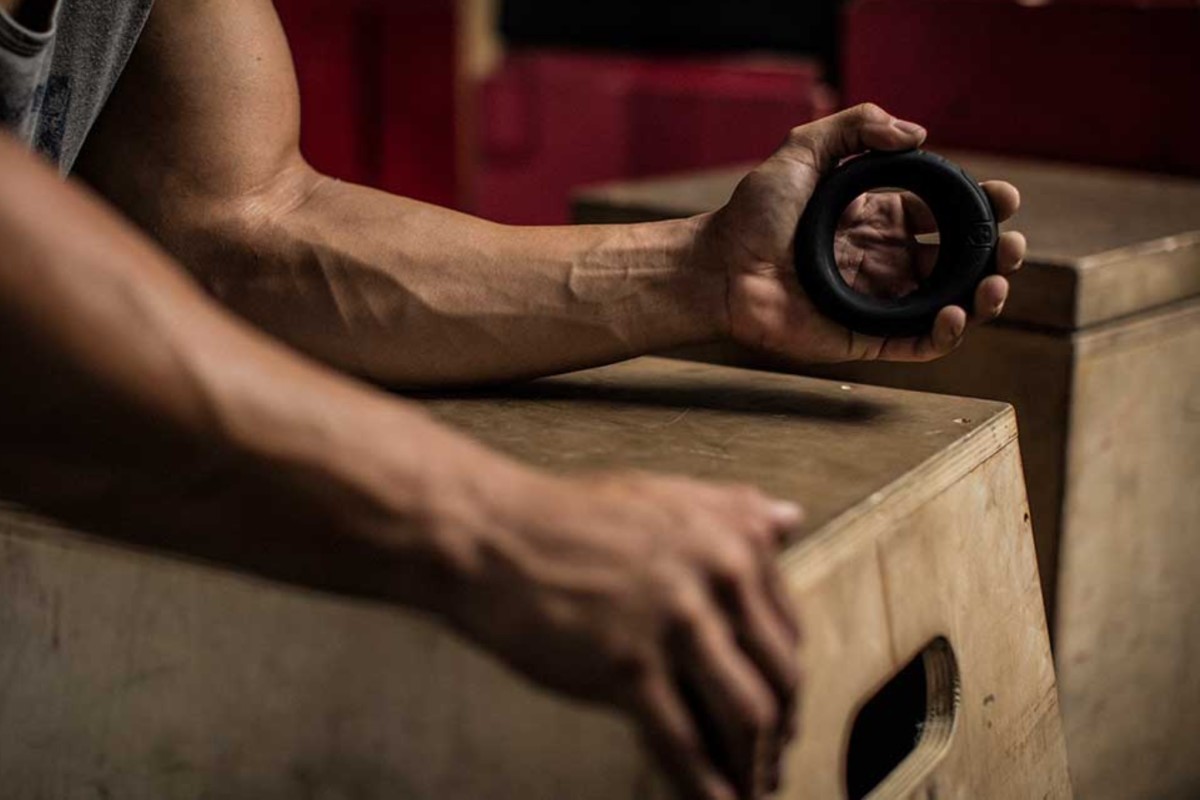Unlocking Your Potential: Exploring What 'Carr Grip Strength' Can Tell You About Your Health
Ever wondered about the hidden clues your hands hold about your overall well-being? It's a fascinating thought, isn't it? When people search for "carr grip strength," they're often looking for a deeper understanding of what their hand strength signifies. This seemingly simple measure, your grip, is actually a really important indicator of how your body is doing as a whole. It’s more than just being able to open a stubborn jar; it’s a vital sign that speaks volumes about your physical state, your strength, and even your long-term health prospects.
Think about it, your grip is something you use every single day, for nearly everything you do. From carrying groceries to shaking hands, it's there, quietly working. But did you know that how firmly and securely you can hold onto things, and how heavy the things you can grip are, gives us a lot of information? It’s true, and for good reason, too. This simple test, so it seems, might also be the easiest way to estimate your overall strength, which is pretty neat.
We're going to explore what grip strength truly means, why it’s considered such a key health marker, and how you can figure out your own grip capabilities. We'll also look at how this measure changes as we get older, and what you can do to keep your hands strong and healthy. You know, it's almost like a secret window into your vitality, and that’s quite something to consider.
- Rochester Civic Center
- Who Played Lurch On Addams Family
- Mastiff Mix Dogs
- Films Justin Timberlake Has Been In
- S In Walnut Creek
Table of Contents
- Understanding Grip Strength: More Than Just a Handshake
- Why Grip Strength Matters So Much for Your Health
- How Is Grip Strength Measured?
- What Are Grip Strength Norms?
- Improving Your Grip Strength: Practical Steps
- Frequently Asked Questions About Grip Strength
- Conclusion: Your Hands, Your Health Story
Understanding Grip Strength: More Than Just a Handshake
So, what exactly is grip strength? Simply put, it's a measure of muscular strength, or the maximum force or tension generated by one’s forearm muscles. It refers to how firmly and securely you can hold onto things, and how heavy the things you can grip are. Many people, you know, find that their grip strength is their weakest link when it comes to overall physical ability. It's a pretty fundamental aspect of our physical capacity, really.
When someone searches for "carr grip strength," it's important to clarify that there isn't a widely recognized specific "Carr method" or a person named "Carr" who is a famous grip strength guru. The references to "Carr" in some contexts, such as Attorney General Chris Carr or the law firm Andersen, Tate & Carr, P.C., relate to legal and business matters, not a unique grip strength concept. So, what we're really talking about here is the universal concept of grip strength itself, and its profound impact on health. It's just a general term, you see, that someone might use to look up this kind of information.
Why Grip Strength Matters So Much for Your Health
It might seem surprising, but your grip strength is actually a very good health indicator. It’s linked to numerous health outcomes, which is pretty significant. This simple test, as a matter of fact, can tell us a lot about someone's overall physical health and vitality. It's more than just about lifting weights; it's about how well your body functions.
- Johnny Depp Vanessa Paradis
- When Did Bob Marley Die Age
- San Juan County Tax Assessor Nm
- Best Blue Oyster Cultongs
- St Jude Golf
A Biomarker of Vitality
Grip strength is a vital biomarker of overall physical health and vitality. There have been several large-scale population studies that show this connection. When your grip is strong, it often suggests that your muscles are in good shape, and your body is generally robust. It's almost like a quick check-up, you know, for your physical well-being.
Linked to Numerous Health Outcomes
This measure is an excellent health indicator linked to numerous health outcomes. Research suggests connections to heart health, bone density, and even cognitive function. A strong grip can indicate a lower risk of falls in older adults, and it can also be a predictor of how well someone recovers from illness or surgery. It’s quite a comprehensive little indicator, in a way.
A Simple Screening Tool
Because it's so easy to measure, grip strength can be used as a screening tool for various conditions. It’s a quick, non-invasive way to get a snapshot of someone's muscular health. If a patient does not have, say, a strong grip for their age, it might prompt further investigation into their overall health. This makes it a very practical tool for health professionals, too it's almost like a first alert system.
How Is Grip Strength Measured?
Curious how strong your grip is? You can find out with a grip strength test. This usually involves a special device that measures the force you can exert with your hand. It's a pretty straightforward process, actually, designed to give a clear reading of your hand's squeezing power.
The Jamar Dynamometer
One of the most common tools for measuring grip strength is the Jamar dynamometer. This device is widely used in clinical settings and research studies because it provides consistent and reliable measurements. You hold it, squeeze as hard as you can, and it shows your force in kilograms or pounds. It’s a very common piece of equipment for this purpose, you know.
Getting Your Score
Typically, you’ll perform three trials with each hand. The final grip strength score is the average or the highest value obtained from these three trials. This helps to ensure accuracy and account for any slight variations in effort. It’s a good way, really, to get a solid, dependable number for your grip strength.
What Are Grip Strength Norms?
Once you have your grip strength score, you might wonder, "What are grip strength norms?" These are reference values that help you understand your hand grip strength in the context of scientific surveys studying the strength of large numbers of both men and women throughout the human lifespan. It helps put your numbers into perspective, you know.
Age, Sex, and Hand Dominance
Grip strength norms for children and adults using the Jamar Plus digital hand dynamometer are available. It’s interesting to explore how grip strength varies by age, sex, and hand dominance. Generally, men tend to have stronger grips than women, and our dominant hand is usually a bit stronger than our non-dominant one. Grip strength also tends to peak in early adulthood and then gradually decline with age. This is a natural progression, apparently, for most people.
Understanding Your Numbers
Comparing your score to these norms can give you an idea of where you stand relative to others in your age group and sex. This information can be useful for assessments for health, fitness, and functional ability. It’s not just about being "strong," but about being "strong enough" for daily life and maintaining good health. You can find more information and user manuals for hand dynamometers to help with this, too.
Improving Your Grip Strength: Practical Steps
If you find that your grip strength could use some work, the good news is you can definitely improve it! Most people's grip strength is their weakest link, but with consistent effort, you can make significant gains. Start training your grip today! It’s something you can actually work on quite effectively, which is great.
Learn exercises you can do to improve your grip strength. This complete guide reveals the 4 types of grip strength you need to develop, and the biggest training mistakes to avoid. Improving your grip isn't just about squeezing a stress ball; it involves targeted exercises that build different aspects of hand and forearm strength. It’s a bit more nuanced than you might first think.
The 4 Types of Grip Strength You Need to Develop
There are typically four main types of grip strength to focus on:
- **Crushing Grip:** This is what you use when you squeeze something, like a hand gripper or when you shake someone's hand firmly.
- **Pinch Grip:** This involves holding an object between your thumb and fingers, like picking up a weight plate by its edge.
- **Support Grip:** This is your ability to hold onto something for a long time, like carrying heavy groceries or hanging from a pull-up bar.
- **Extension Grip:** While not strictly a "grip" in the squeezing sense, strengthening the muscles that open your hand (extensors) is crucial for hand health and preventing imbalances.
Working on all these areas will give you a very well-rounded and functional grip, which is what you really want, you know.
Common Training Mistakes to Avoid
When training your grip, it's easy to fall into some common traps. One big mistake is only focusing on squeezing exercises and neglecting the other types of grip. Another is not being consistent with your training; grip strength, like any other muscle, needs regular work to grow. Also, remember to listen to your body and avoid overtraining, which can lead to injury. So, you know, be smart about it.
For example, using too much weight too soon, or not allowing enough rest between sessions, can hinder your progress. It's better to start light and gradually increase the challenge, ensuring proper form. This slow and steady approach, as a matter of fact, tends to yield the best long-term results.
Frequently Asked Questions About Grip Strength
People often have questions about grip strength, and here are a few common ones:
1. How is grip strength measured?
Grip strength is measured using a device called a dynamometer, like the Jamar dynamometer. You squeeze it as hard as you can, and it records the force. Usually, you do a few tries, and the best or average score is taken. It’s a pretty simple process, actually, to get your numbers.
2. What does good grip strength indicate?
Good grip strength is an excellent health indicator. It suggests overall muscular strength, good physical health, and vitality. It's been linked to better heart health, stronger bones, and even how well you recover from health challenges. So, it's quite a telling sign, you know, about your body's condition.
3. Can grip strength be improved at any age?
Yes, absolutely! While grip strength tends to decline with age, you can definitely improve it at any stage of life through consistent training. Learning specific exercises that target the different types of grip can make a real difference. It’s never too late, apparently, to start working on it.
Conclusion: Your Hands, Your Health Story
So, while "carr grip strength" might have led you here, what we've really explored is the incredible importance of grip strength in general. It's a measure that goes far beyond just your hands; it's a window into your overall physical health and vitality. From being a simple screening tool to a predictor of long-term well-being, your grip tells a compelling story. It's truly a fascinating aspect of human health, you know.
Understanding your own grip strength and working to improve it can be a really empowering step toward better health. It’s a tangible way to feel stronger, more capable, and to support your body's overall function. This simple test, as a matter of fact, may also be the easiest way to estimate your overall strength. So, why not give it some attention?
Learn more about grip strength training on our site, and link to this page to discover more health benefits. For more scientific context on grip strength norms and measurements, you can check out resources like the National Institutes of Health or academic papers on dynamometry.
- Tom And Jerry 2020 Cast
- Joe Biden Political Career
- Cinema World In Melbourne
- Donald Trump Children Names
- Willowbrook Mall Appletore

Grip Strength

Country Crush Loading Pins | Grip Strength – GripStrength.com

7 Best Grip Strength Devices for Any Athlete | Men's Journal